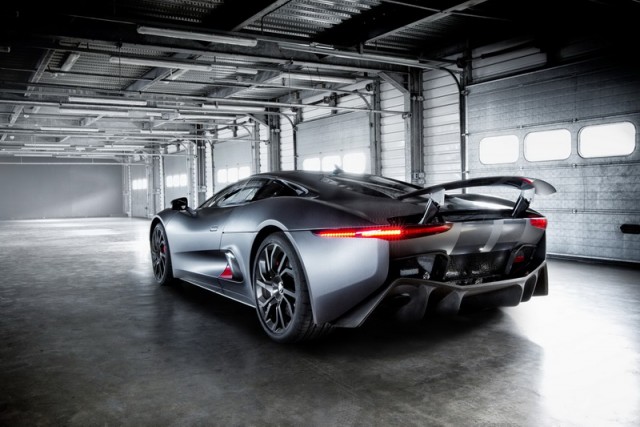The first practical, economic supercar may now be here with the introduction of the Jaguar C-X75. While this potentially game-changing vehicle may never reach production, the technological advances used under the bonnet are sure to find themselves in cars in the future.
At the C-X75's inception, the developers were given the task of producing a car that was as powerful as a Veyron, with the electric range of a Chevrolet Volt, and with the emissions of a Prius. These three criteria appear to have been fulfilled with the creation of a forced-induction petrol engine hooked up to two electric motors, producing more than 850hp, 1,000Nm of torque, less than 89g/km of CO2 and with an electric-only range of 60 kilometres.
The mind-boggling figures continue through to performance too, as this green supercar can accelerate from 0-160km/h in just six seconds and power on to a top speed of 354km/h.
Breaking down the technical specification shows how this is possible. Jaguar and its partner Williams Advanced Engineering have managed to create a 1.6-litre petrol unit which, when combined with both a supercharger and a turbocharger, develops a massive 502hp at 10,300rpm. This unit also produces one of the highest specific outputs of any engine in the world, developing 313hp per litre.
The engine is then connected to the two highest torque and power density electric motors in production, increasing output by a further 390hp. More records are broken with the C-X75's battery pack, as it is the highest continuously rated power PHEV (plug-in hybrid electric vehicle) battery pack ever made and can deliver over 300kW of power.
Housing all this technology is Jaguar's first ever carbon composite monocoque chassis. Built on this is a very aerodynamically-efficient body that uses its active spoiler and under-floor channels to create more than 200kg of downforce at 320km/h.
Anything else?
After the sad decision in 2012 that the C-X75 would never reach full production due to the harsh economic climate many thought the project would fade away into the background. Thankfully, the developers persevered and have created a car that could very easily be the future of the supercar. It appears that Jaguar is hinting at another new car in the near term utilising the C-X75's technology.

